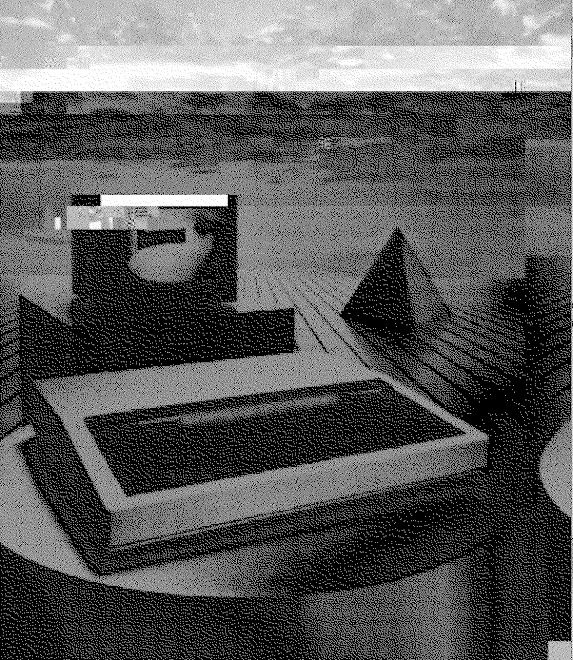
After hours of scrolling through the goldmine that is this site , its become pretty apparent that the history of computer art lies within a creative community of mathematicians and scientists.

One of the standouts for me was Herbert Franke who created amazing amorphous structures using random number generators and mathematical problem-solving techniques to create numerically-controlled works.
Edward Zajec's work reminded me of the image source deconstructions I've been working on
- the have a kind of broken logic to them. Except instead of deleted chunks of text, Zajec uses an IBM 1620 computer to distribute linear elements on a rectangular lattice in different spatial and rhythmic combinations according to varying probabilities of occurrence.'
No me neither.



No comments:
Post a Comment